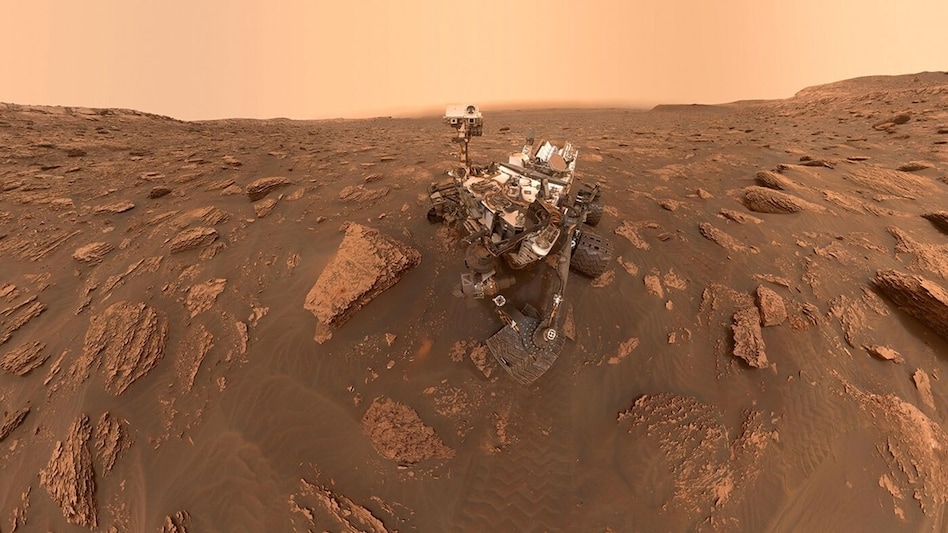 This new finding strengthens the case for a Mars Sample Return mission, which could bring Martian soil and rock samples back to Earth for further analysis.
This new finding strengthens the case for a Mars Sample Return mission, which could bring Martian soil and rock samples back to Earth for further analysis. This new finding strengthens the case for a Mars Sample Return mission, which could bring Martian soil and rock samples back to Earth for further analysis.
This new finding strengthens the case for a Mars Sample Return mission, which could bring Martian soil and rock samples back to Earth for further analysis.The search for life on Mars has captivated scientists for decades, with each discovery bringing us a step closer to understanding whether life ever existed or still exists on the Red Planet. A new revelation from NASA's Curiosity rover is stirring up even more excitement: it has detected the largest organic compounds ever found on Mars, potentially pointing to signs of Martian life.
This groundbreaking discovery came from a rock sample called Cumberland, which was collected in 2013 from Yellowknife Bay within Mars' Gale Crater — a region believed to have once hosted a lake. In previous missions, this area has yielded other intriguing findings, such as clay, sulfur, nitrates, and methane, all suggesting that the environment might have supported life-sustaining chemistry in the past.
This time, Curiosity's onboard Sample Analysis at Mars (SAM) lab identified long-chain organic molecules, including decane (C10), undecane (C11), and dodecane (C12). Scientists suspect these compounds are the result of thermal breakdown of fatty acids, such as undecanoic acid, dodecanoic acid, and tridecanoic acid. Fatty acids are crucial to life on Earth, forming the essential membranes of cells and playing key roles in biological functions.
Though this discovery doesn’t constitute definitive proof of life, the complexity of these molecules is significant. The presence of long carbon chains — especially those longer than 12 atoms — is unusual in non-biological processes. Typically, abiotic fatty acids are shorter, suggesting that these longer chains could indicate a biological origin. However, it's possible that the current technology onboard Curiosity may not be sensitive enough to detect even larger molecules, if they exist.
“Although abiotic processes can form these acids, they are considered universal products of biochemistry, terrestrial, and perhaps Martian,” the scientists noted in the *Proceedings of the National Academy of Sciences*.
Leading the study, Dr Caroline Freissinet of CNRS France emphasized the importance of this discovery in the ongoing search for past life on Mars. "These molecules can be made by chemistry or biology," she said. "If we have long-chain fatty acids on Mars, those could come—and it’s only one hypothesis—from membrane degradation of cells present 3.7 billion years ago."
This new finding strengthens the case for a Mars Sample Return mission, which could bring Martian soil and rock samples back to Earth for further analysis, providing more clues in the quest to answer one of humanity's biggest questions: Was Mars ever home to life?